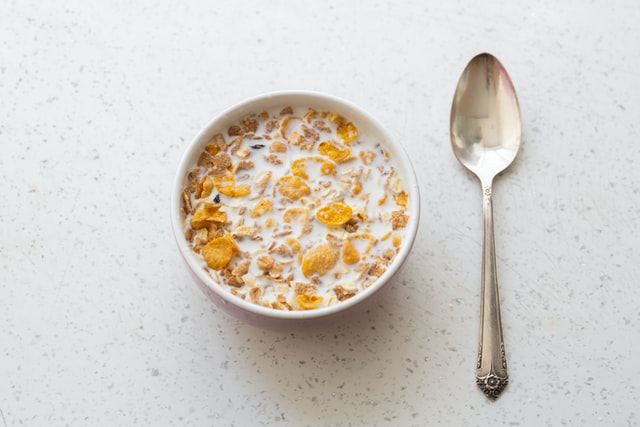
According to a new study led by the researchers of Medical University of Vienna suggested that cold temperatures fuels levels of vitamin A in humans and mice, which further aids in converting white adipose tissue into brown adipose tissue that accelerates heat generation and fat burning in the body. Researchers highlighted that this can be potential approach for the development of novel therapeutics against obesity.
Moreover, human beings and mammals comprises two types of fatty deposits that include white and brown adipose tissue. During progression of obesity excess calories are majorly stored in white fat, whereas contrast, brown adipose tissue aids in burning energy and generates heat. In addition, over 90% of the body fat deposits in humans are white commonly located at the bottom and upper thighs and abdomen.
In the study, researchers explained that adequate application of cold fuels vitamin A levels and its blood transporter, retinol-binding protein. They also informed that maximum of the vitamin A reserves are stowed in the liver and when it is exposed to cold temperature, it stimulates redistribution of vitamin A towards the adipose tissue. The cold-induced increase in vitamin A converts white fat into brown fat, with increasing rate of fat burning.
Researchers stated, “Our results show that vitamin A plays an important role in the function of adipose tissue and affects global energy metabolism. However, this is not an argument for consuming large amounts of vitamin A supplements if not prescribed. We have discovered a new mechanism by which vitamin A regulates lipid combustion and heat generation in cold conditions. This could help us to develop new therapeutic interventions that exploit this specific mechanism.”






